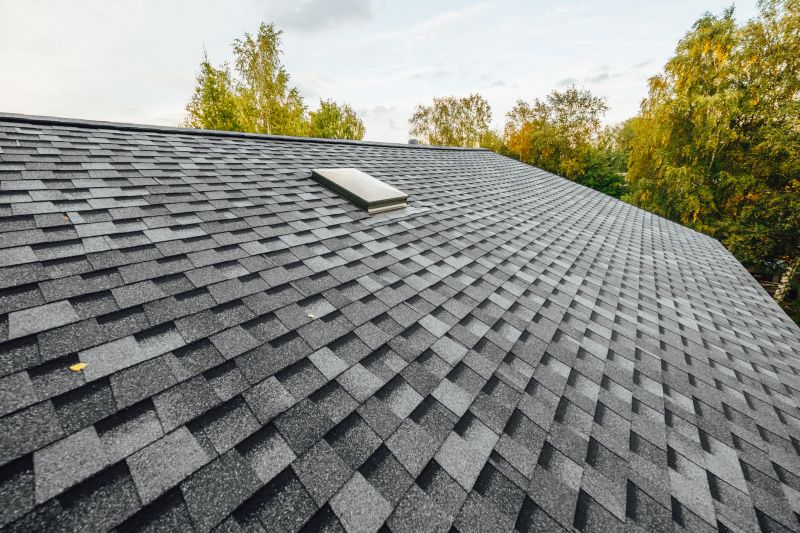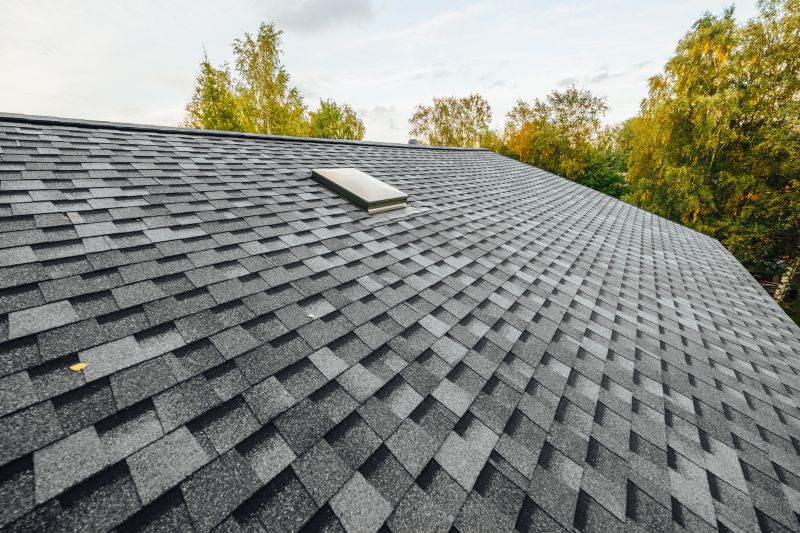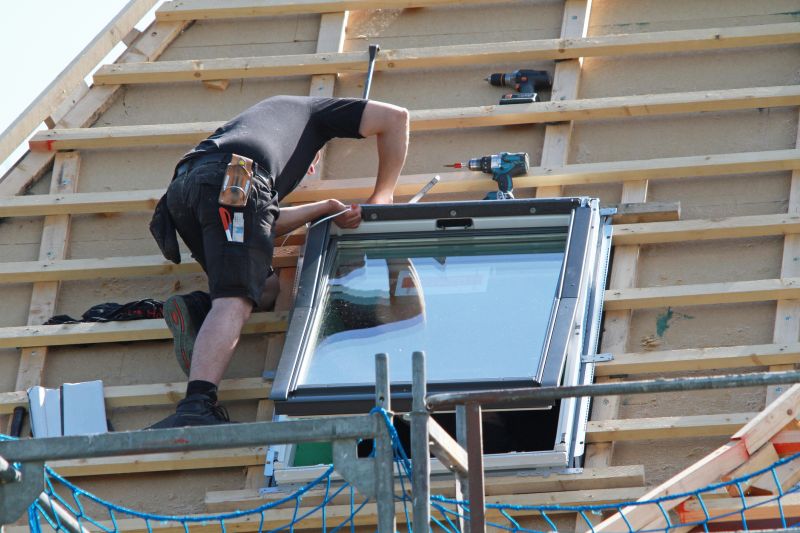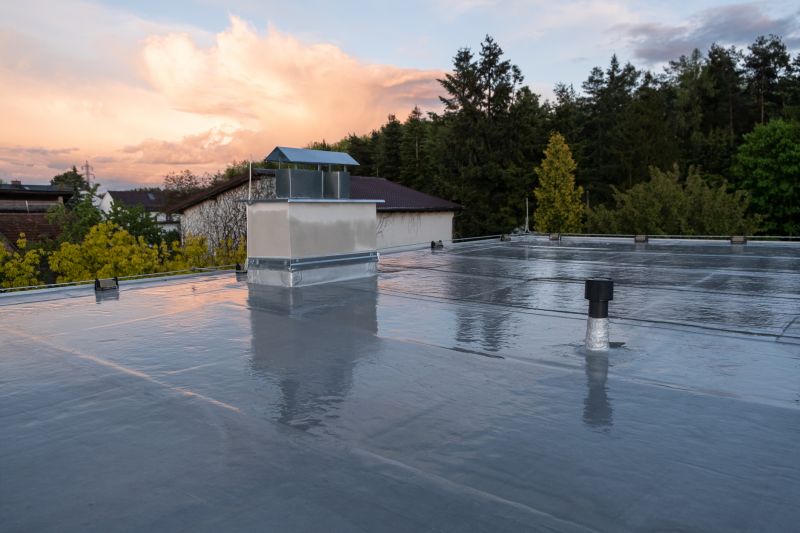Roof Shingle Cost Factors
Welcome to Palm Springs Roofing
Shop for Roof Shingle Cost Factors

When planning a roofing project, understanding the various factors that influence the cost of roof shingles is essential. For homeowners in Palm Springs, California, the unique climate and architectural styles can also play a significant role in these considerations. Several key elements can affect the overall expense, ranging from material choice to installation complexity.
One of the primary factors affecting roof shingle costs is the type of material selected. Asphalt shingles are among the most common options due to their durability and cost-effectiveness. However, homeowners may also consider alternatives like metal, wood, or tile, each offering distinct advantages and price points. For instance, metal shingles might provide enhanced longevity and energy efficiency, which can be particularly beneficial in the hot Palm Springs climate.
The size and pitch of your roof are crucial considerations as well. Larger roofs naturally require more materials, increasing the overall cost. Additionally, roofs with steep pitches or complex designs may incur higher installation fees due to the additional labor involved. In Palm Springs, where many homes feature unique architectural styles, this can be a significant factor in budgeting for a roofing project.
Geographical location also influences roofing costs. In Palm Springs, the local climate can impact material choice and installation methods. For example, selecting shingles that reflect sunlight can help reduce cooling costs in the hot desert climate. Additionally, local building codes and regulations may affect the type of shingles suitable for your home, potentially influencing both material and labor costs.
Labor costs are another important consideration. These can vary based on the complexity of the installation and the experience level of the workers. In regions like Palm Springs, where roofing projects may need to account for high temperatures, labor costs can reflect the additional challenges posed by the environment.
Additional features and enhancements can also add to the overall cost of a roofing project. Homeowners may choose to include features such as enhanced underlayment, additional insulation, or specialized coatings to improve energy efficiency or durability. Each of these options can increase the total expense but may offer long-term savings on energy bills or maintenance.
Options at a glance:
- Asphalt Shingles: Cost-effective and widely used
- Metal Shingles: Durable and energy-efficient
- Wood Shingles: Aesthetic appeal and natural insulation
- Tile Shingles: Long-lasting and suitable for hot climates
To give a brief comparison, asphalt shingles in Palm Springs might range from $3 to $5 per square foot installed, whereas metal shingles could range from $7 to $10 per square foot. These estimates can vary based on specific product choices and local market conditions.
By carefully considering these factors, homeowners can make informed decisions about the best roofing options for their needs and budget. Understanding the cost implications of different materials and installation requirements can help set realistic expectations and achieve a successful roofing project.
Material Quality and Type
Exploring the Impact of Shingle Material on Costs
When considering the cost factors associated with roofing shingles, material quality and type are among the most significant influences. Homeowners in Palm Springs, California, often face unique climate challenges, making the choice of roofing material crucial not only for cost efficiency but also for durability and performance. Understanding the different types of materials available can help in making an informed decision that aligns with both budget and environmental conditions.
Asphalt shingles are one of the most commonly used roofing materials due to their relatively lower cost and ease of installation. They come in various grades, with the architectural type offering enhanced aesthetic appeal and durability compared to the basic 3-tab shingles. In Palm Springs, where temperatures can soar, the heat resistance of asphalt shingles can vary, affecting their lifespan and performance.

Wood shingles and shakes present another option, offering a natural appearance that blends well with certain architectural styles. However, they require more maintenance and can be susceptible to fire, which is a consideration in areas prone to wildfires. The cost of wood shingles can be higher due to the labor-intensive installation process and the need for regular upkeep.
Metal roofing is gaining popularity due to its longevity and energy efficiency. Metal shingles can reflect solar radiant heat, which is beneficial in the hot climate of Palm Springs. While the initial cost is higher than asphalt, the long-term savings on energy bills and reduced maintenance can make metal a cost-effective option over time.
Tile shingles, including clay and concrete, are well-suited for the Mediterranean and Spanish-style homes prevalent in Southern California. These materials are known for their durability and resistance to heat but come with a higher upfront cost. The weight of tile shingles requires a strong roof structure, which can add to the overall expense if reinforcements are needed.
Slate shingles are at the high end of the cost spectrum, offering unmatched longevity and a distinctive appearance. They are heavy and require specialized installation, which can significantly increase the overall cost. However, for homeowners seeking a long-term investment, slate can be an attractive option due to its durability and minimal maintenance needs.
- Asphalt: Economical, various grades, moderate lifespan
- Wood: Natural look, higher maintenance, fire risk
- Metal: Durable, energy-efficient, higher initial cost
- Tile: Heat resistant, heavy, requires strong structure
- Slate: Long-lasting, high cost, distinctive appearance
In summary, the choice of roofing material involves balancing initial costs with long-term benefits. Factors such as climate, architectural style, and budget all play a role in determining the most suitable option. By considering the unique conditions of Palm Springs, homeowners can select a roofing material that not only fits their financial plan but also enhances the longevity and efficiency of their home.
Installation Complexity and Labor Costs
Shop for Installation Complexity and Labor Costs
Understanding How Installation Variables Influence Expenses
When considering roof shingle installation, homeowners often focus on material costs. However, installation complexity and labor costs are significant factors that can influence the overall expense. In regions like Palm Springs, California, the unique climate and architectural styles further impact these costs, making it essential for homeowners to understand the variables involved.
The complexity of a roofing project is determined by several factors, including the roof's pitch, the architectural design, and the condition of the existing roof. A steep roof pitch, for example, requires more time and effort to navigate, increasing labor costs. Similarly, homes with intricate architectural features such as dormers or skylights require additional precision and labor, further elevating expenses.

Another critical aspect is the size of the roof. Larger roofs naturally require more materials and labor, leading to higher costs. However, economies of scale can sometimes reduce the per-unit cost of materials, slightly offsetting the increased labor expenses. In Palm Springs, where sprawling ranch-style homes are common, this factor can significantly impact the budget.
Weather conditions also play a role in labor costs. In Palm Springs, the intense heat can slow down the installation process, as workers may need more frequent breaks to ensure safety. This can extend the project timeline and increase labor costs compared to cooler climates where work can proceed more steadily.
Homeowners should also consider the accessibility of their roof. Easy access can reduce labor time, while roofs that are difficult to reach or require special accommodations can increase costs. In neighborhoods with strict regulations or limited space for equipment, these logistical challenges can further complicate the installation process.
- Roof Pitch: Steeper roofs increase labor costs.
- Architectural Complexity: Features like dormers add to expenses.
- Weather Conditions: Heat can slow progress, raising costs.
- Roof Size: Larger roofs require more labor but may benefit from material savings.
To provide a clearer picture of potential costs, consider this general comparison for Palm Springs: a simple roof with a low pitch might incur labor costs ranging from $2 to $4 per square foot, while a complex roof with a steep pitch and multiple features could see labor costs rise to $5 to $7 per square foot. These figures are estimates and can vary based on specific circumstances and market conditions.
In conclusion, while the choice of shingles is crucial, understanding the complexity of the installation and associated labor costs is equally important. By considering factors such as roof pitch, architectural design, weather conditions, and accessibility, homeowners can better anticipate the financial implications of their roofing project.



